Hydrangea Care Made Easy: Your Complete Guide for Stunning Blooms All Season Long
Master hydrangea care with our expert guide. From planting to pruning, these easy tips will help you get the best from every variety of these landscape heroes.
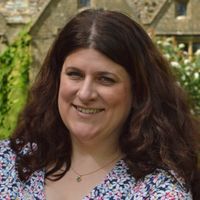
Caroline Bloomfield
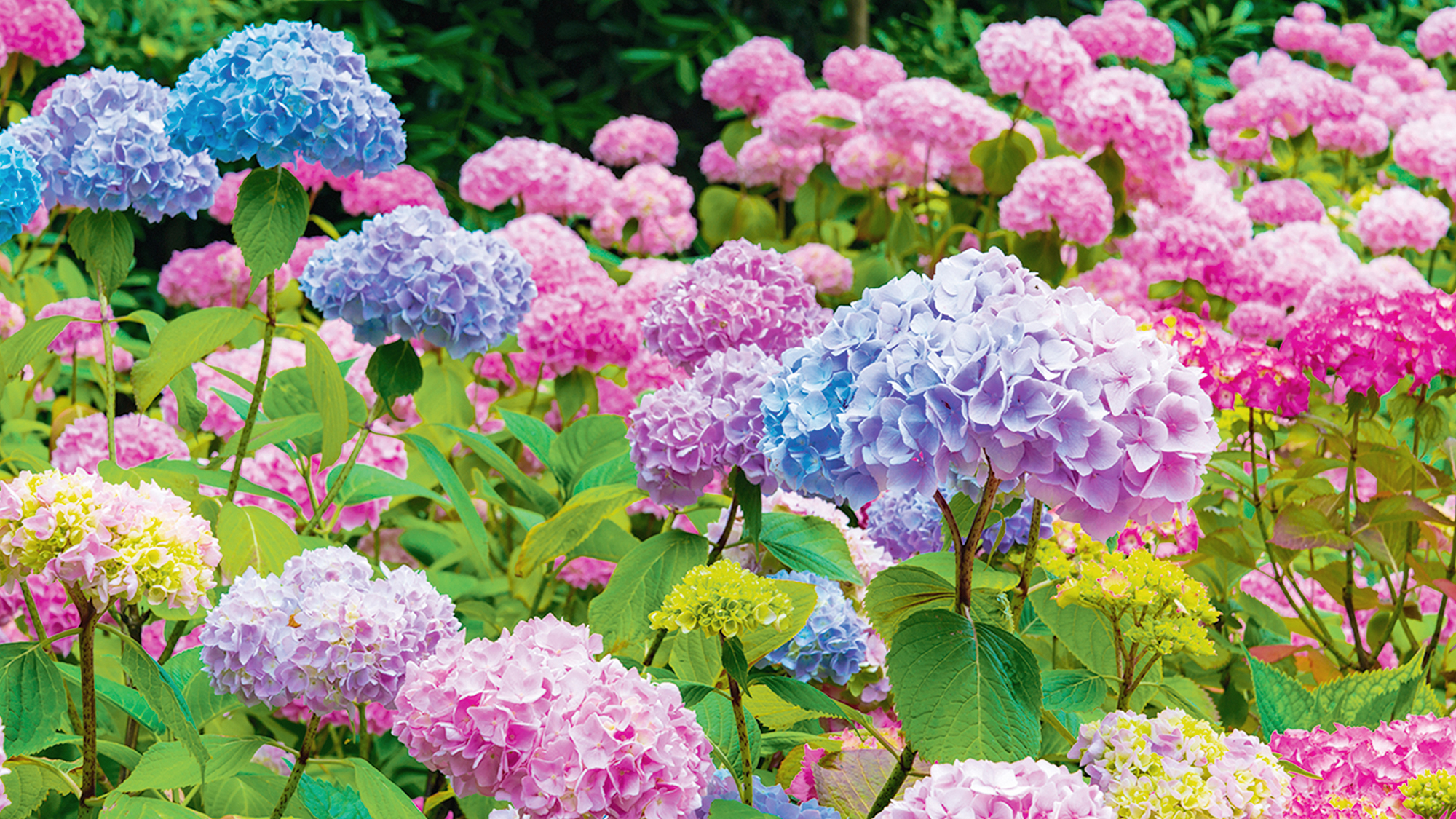
Hydrangeas are among the most beautiful garden shrubs, with big, billowy summer blooms that come in various shades of pink, blue, purple, white, and even green. With proper hydrangea care, these landscape stalwarts can be grown in a wide range of regions as they adapt to different climates and soil types.
While not high maintenance, hydrangeas do have a few specific requirements, the most important being moisture. The word hydrangea is derived from the Greek “hudro" (water) and “angeion” (vessel), which immediately sets expectations that these plants are voracious consumers of water. They are also picky about getting too much sun, so choose a planting spot with some shade during the hottest part of the day.
If you’re willing to put a little time and effort into caring for hydrangeas, you’ll find these wonderful plants are some of the best types of shrubs you can grow in the garden. They also have a fascinating history. While hydrangeas are native to several Asian countries, including Japan, China, and Korea, they are believed to have possibly existed in North America 40-65 million years ago based on fossil records. An early American colonist is said to have transported a North American varietal to England in the 1730s.
In this guide, you will find everything you need to know about choosing and growing hydrangeas, plus considerations for combining them with other plants in your garden design.
Quick Hydrangea Facts
Botanical Name | Hydrangea spp. |
Plant Type | Shrub |
Height | 3-20 feet (0.9-6 m) |
Spread | 3-10 feet (0.9-3 m) |
Light | Part shade (some tolerate sun/shade) |
Soil | Moist; well-draining; pH 5.5-6.5 |
Hardiness | USDA zones 5 to 9 (Not in the US? Convert your zone) |
Flowers | Summer |
Native Range | Eastern Asia; North America |
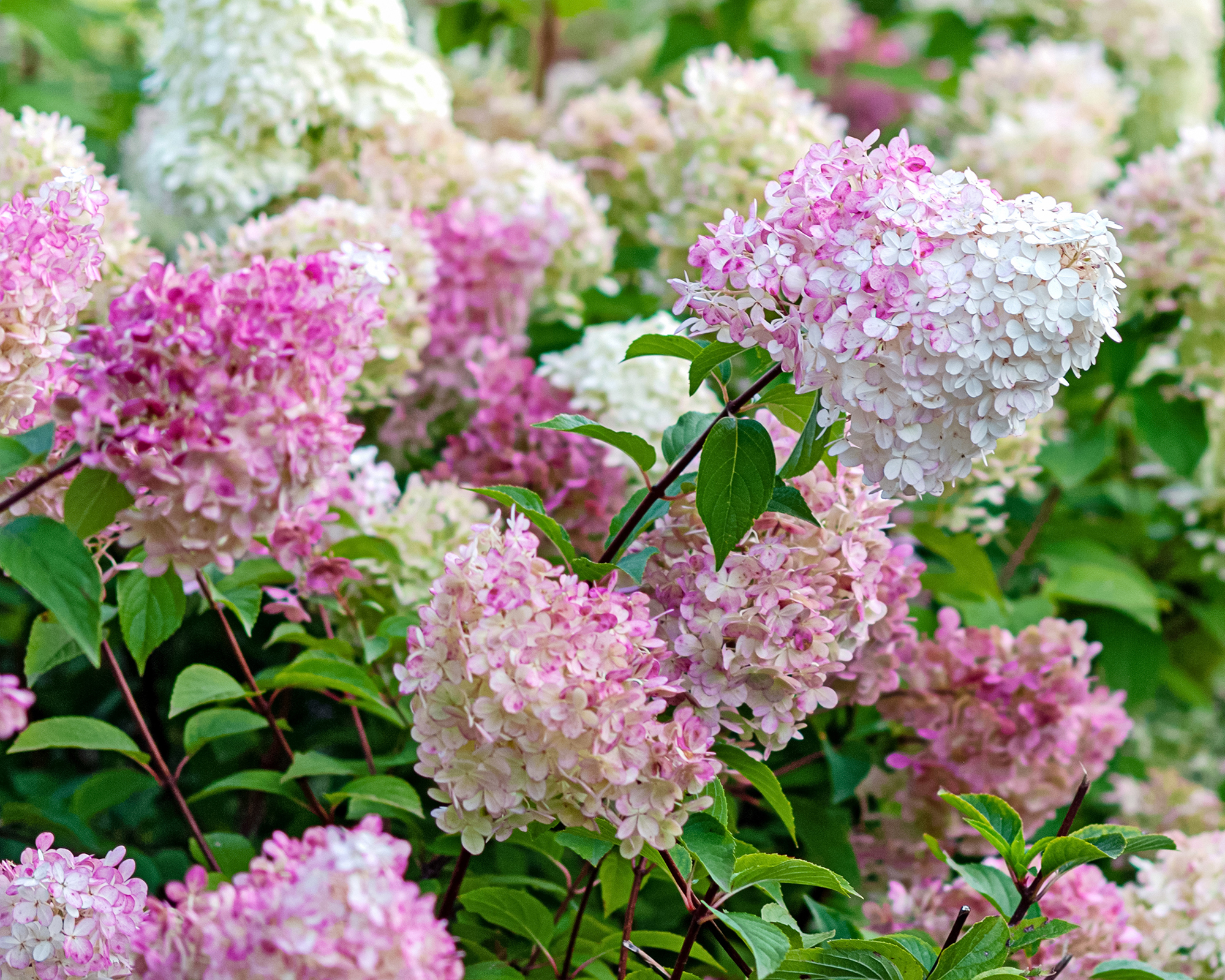
Planting Hydrangeas
Plant hydrangeas in early spring or fall when temperatures are mild and the soil is workable. Before planting, water your hydrangea thoroughly while it's still in its nursery pot, then choose a planting site with suitable soil conditions and the right balance of sun and shade for the variety you're growing.
Best Soil for Hydrangeas
Like many flowering shrubs, hydrangeas grow best in rich, loamy soil, but they can adapt to a range of soil types if drainage and moisture are balanced:
- Clay soil: Hydrangeas will tolerate clay if it is improved with organic matter such as compost or leaf mold to loosen the texture and enhance drainage. Avoid planting in spots where water collects after rain.
- Sandy soil: Plants will dry out quickly, so add plenty of organic matter before planting to help retain moisture, and a thick layer of mulch in summer.
- Chalky or alkaline soil: Many hydrangeas will grow, with flower colors shifting towards pink or red. Adding organic matter will help improve nutrient retention.
- Poor or compacted soils: These conditions stress hydrangeas, making them more prone to wilting and disease. Thoroughly prepare the soil with compost or well-rotted manure before planting.
In all cases, good drainage is essential. Hydrangeas need plenty of water, but will react negatively if poor-draining soil means their roots sit in water or become soggy.
Sign up for the Gardening Know How newsletter today and receive a free copy of our e-book "How to Grow Delicious Tomatoes".
Soil pH is also important, with 5.5 to 6.5 being the optimum range. As well as being important for plant health, pH affects bloom color in certain varieties. (Jump to How to Change Hydrangea Flower Color).
It’s a good idea to run a soil test before planting. Your local extension service can help, or you can invest in a home testing kit, such as the MySoil test kit available on Amazon.
If your soil tests too alkaline, you can amend it with aluminum sulfate or coffee grounds. If your soil test shows too much acid, you can amend it with garden lime. Make changes gradually and re-test soil regularly – over-adjusting can harm both soil health and the plant.
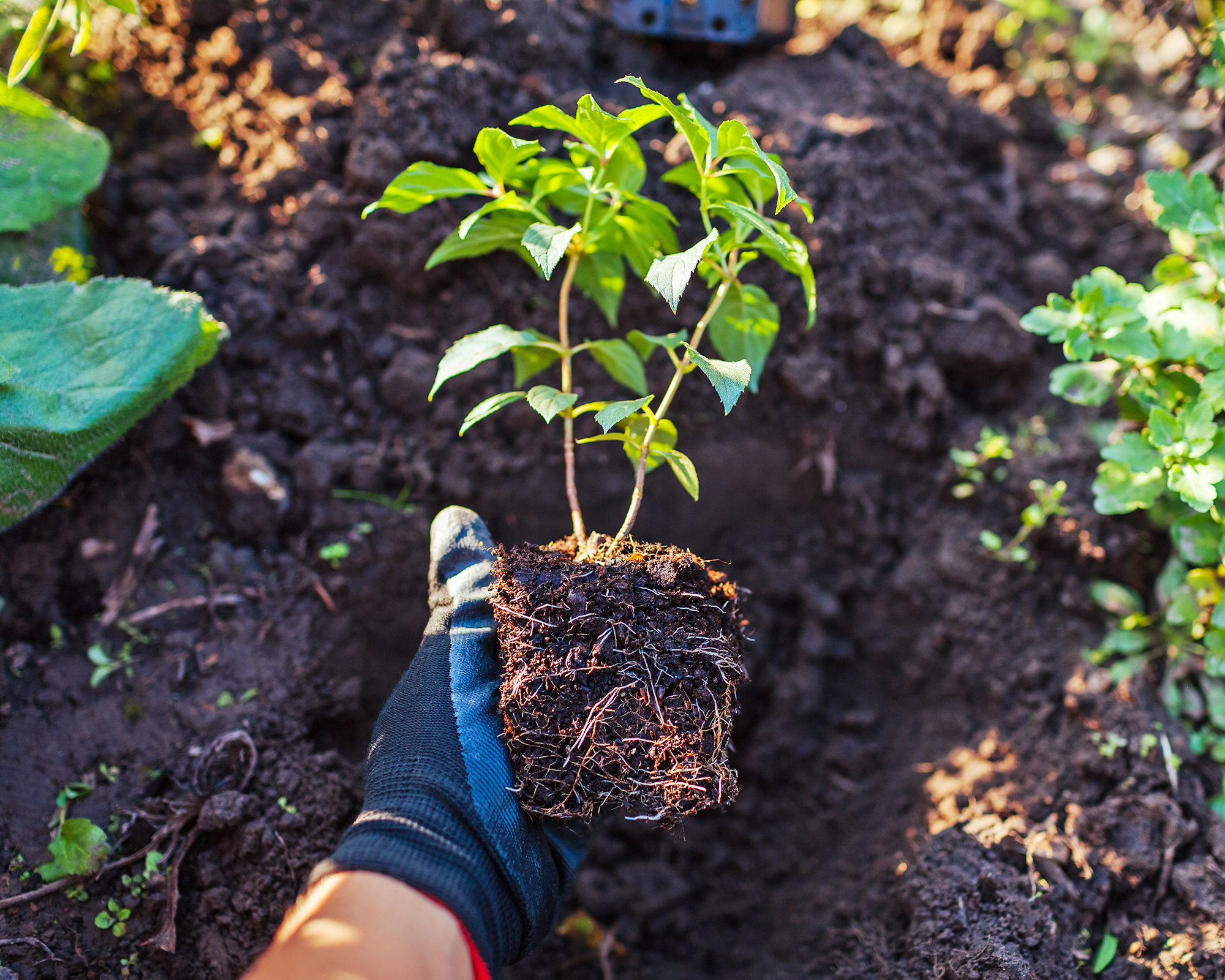
Hydrangea Light Needs
Light needs vary by hydrangea type, so always check the plant label. With that said, partial shade with sun in the morning and shade in the afternoon is a safe choice for most hydrangeas.
If you're looking for more shade-tolerant hydrangeas, then opt for an oakleaf type. Conversely, the best hydrangeas for full sun are panicle hydrangeas and some smooth varieties. (Jump to Types of Hydrangea).
Step-by-Step Planting Guide
When planting hydrangeas, it's important to space them according to their mature size as overcrowding reduces airflow and increases disease risk. Follow these key planting steps:
- Start by preparing the planting site, amending soil as necessary, then dig a hole twice as wide as the root ball but no deeper than the plant was in its pot.
- Gently remove the plant from its pot and loosen the roots, uncoiling them to encourage outward growth.
- Before adding your hydrangea, it's worth sprinkling mycorrhizal fungi in the planting hole, such as this Xtreme Gardening Mykos Pure Mycorrhizal Inoculant Organic Root Enhancer, available on Amazon. The product comes in granular form and aids initial establishment as well as water and nutrient uptake, helping plants become more resilient.
- Place the hydrangea so the crown is level with the surrounding soil (planting too deeply can cause rot), then backfill the hole with soil, firming gently as you go. Water deeply.
- Apply a 2 to 3 inch (5 to 7 cm) layer of mulch around the base, keeping it a few inches away from the stems to prevent rot.
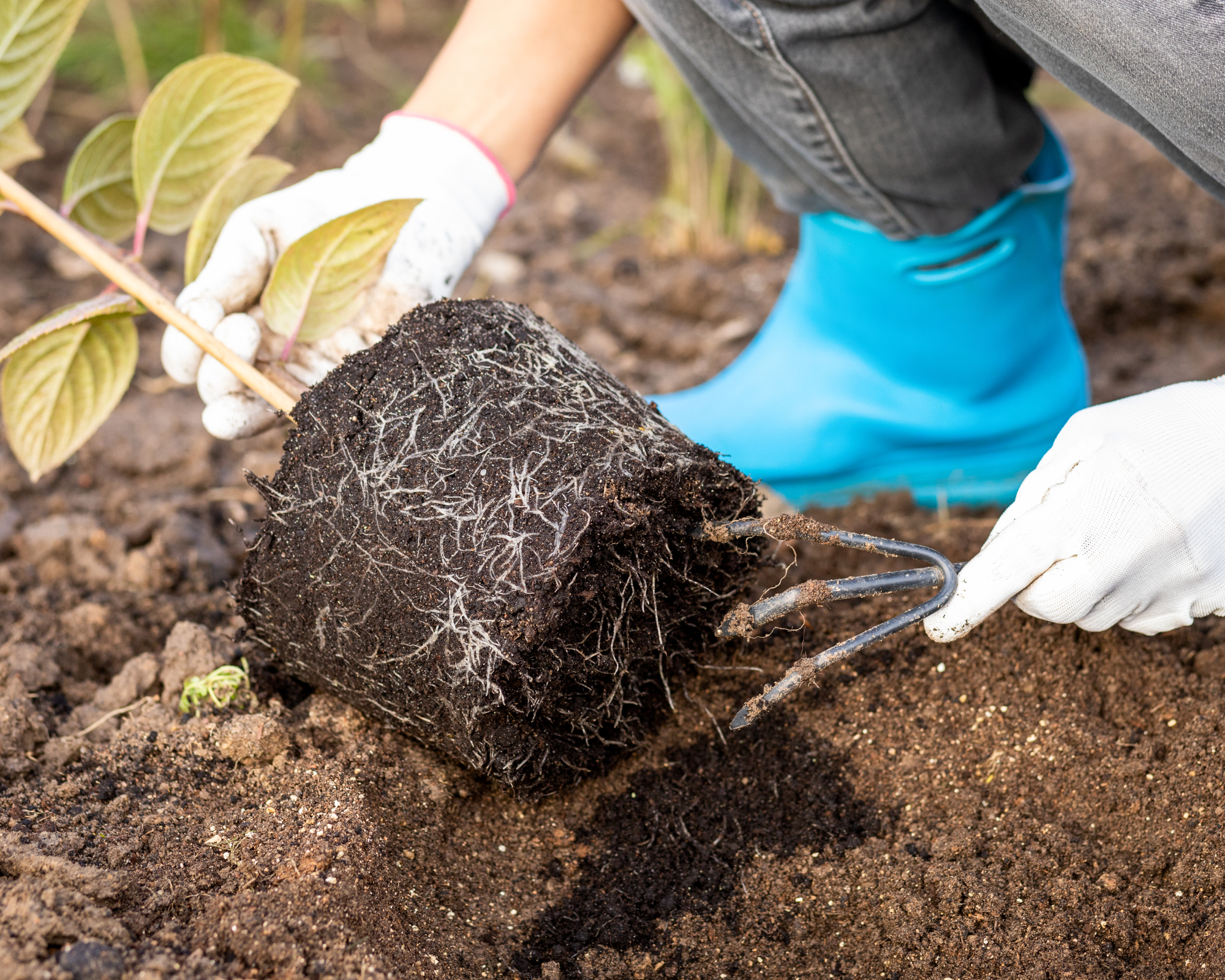
How to Transplant Hydrangeas
Hydrangeas can be relocated successfully to other areas of the garden if done at the right time and with care. It's best to move plants in early spring or fall, when they are dormant or less stressed by heat.
The day before transplanting hydrangeas, water plants well and amend the new planting site with organic matter. To remove the plant, dig a wide root ball, keeping as many roots intact as possible, and then replant immediately. Set it at the same depth it was growing before.
After replanting, water thoroughly and keep the soil consistently moist while the plant re-establishes. Adding mulch helps protect the roots and conserve moisture.
Large or older shrubs may suffer some transplant shock, so expect fewer blooms the following year while they recover.
How to Care for Hydrangeas
Hydrangeas are not demanding, but they do have a few preferences that make all the difference between healthy, happy plants that are flush with flowers and underperforming shrubs. Consistent watering, the right feeding schedules, and good soil protection are key. Cover these hydrangea care basics, and your plant will reward you with years of joyful blooms.
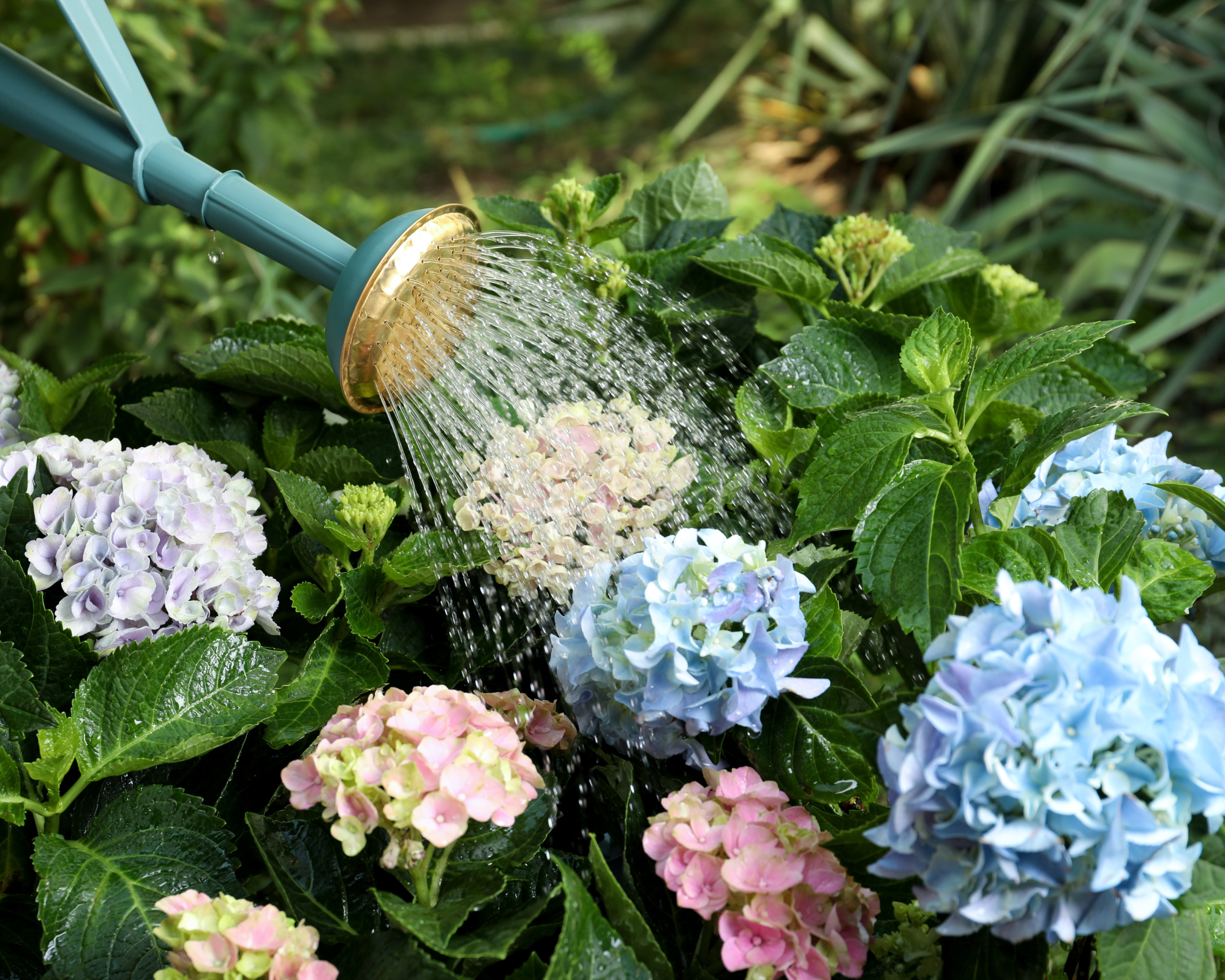
Watering Hydrangeas
While they become more drought-tolerant with age, hydrangeas are moisture-loving plants. On average, they need watering every two or three days in dry periods. Newly planted shrubs should be kept consistently moist. However, while soil should not be dry, it also should not be slushy. Check the soil before watering hydrangeas – if it's dry several inches down, water deeply; if it feels wet, hold off until it dries a little.
Drip irrigation, like this MIXC 230FT Quick-Connect Drip Irrigation System Kit from Amazon, is one of the most effective watering methods for hydrangeas, as it delivers moisture directly to the roots without wetting the leaves. Avoid sprinklers or overhead watering, which can transfer disease.
Signs of overwatering can mimic signs of underwatering – the leaves may droop or turn brown and crunchy on the tips. If your hydrangea's leaves appear droopy, it is either thirsty or its cells are waterlogged. You can find the right balance by monitoring the plant’s behavior and environmental conditions. Investing in a moisture meter, like the XLUX Soil Moisture Meter from Amazon, will help to avoid watering problems.
Best Fertilizer for Hydrangeas
Newly planted hydrangeas initially love a rich helping of organic compost. Once established, they don’t need constant feeding, but a few applications a year can boost vigor and blooms. The best times for fertilizing hydrangeas are early spring, as new growth emerges, and again in early fall.
In spring, yellowing leaves in the center can signal a need for nutrients. Apply an all-purpose fertilizer (such as 10-10-10 or 12-4-8) or one formulated for acid-loving plants, like this Gardenwise Slow Release Hydrangea Fertilizer from Amazon, following package directions. Broadcast evenly around the drip line and water in thoroughly.
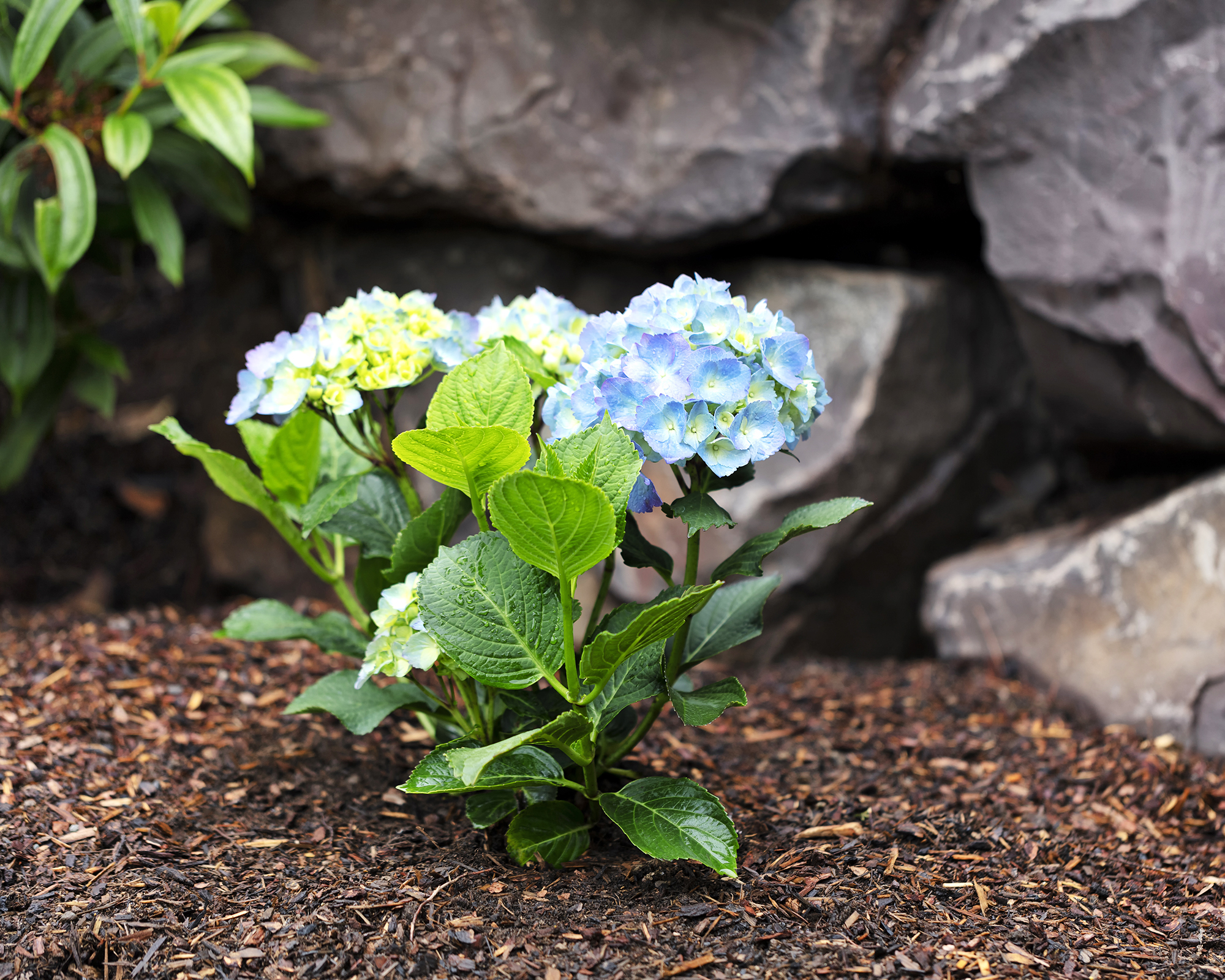
Mulching Hydrangeas
Mulching is one of the easiest ways to keep hydrangeas healthy. A 2 to 3 inch (5 to 7 cm) layer of organic mulch, such as shredded bark, pine needles, or compost, helps the soil retain moisture, regulates root temperature, and gradually improves soil quality as it breaks down.
Always keep mulch pulled a few inches back from the stems to prevent rot. Mulching in late spring prepares the plants for summer heat, while an extra layer in late fall can help protect roots in colder regions.
How and When to Prune Hydrangeas
Pruning hydrangeas differs depending on whether the plant blooms on new wood (stems that grow in the current season) or old wood (stems from the previous year). Cutting at the wrong time can mean no flowers the following year, so it’s worth knowing which type you have. (Jump to Types of Hydrangea)
Regardless of type, always remove dead, weak, or crossing stems. Deadheading hydrangeas to remove faded blooms can improve appearance, but it isn't essential.
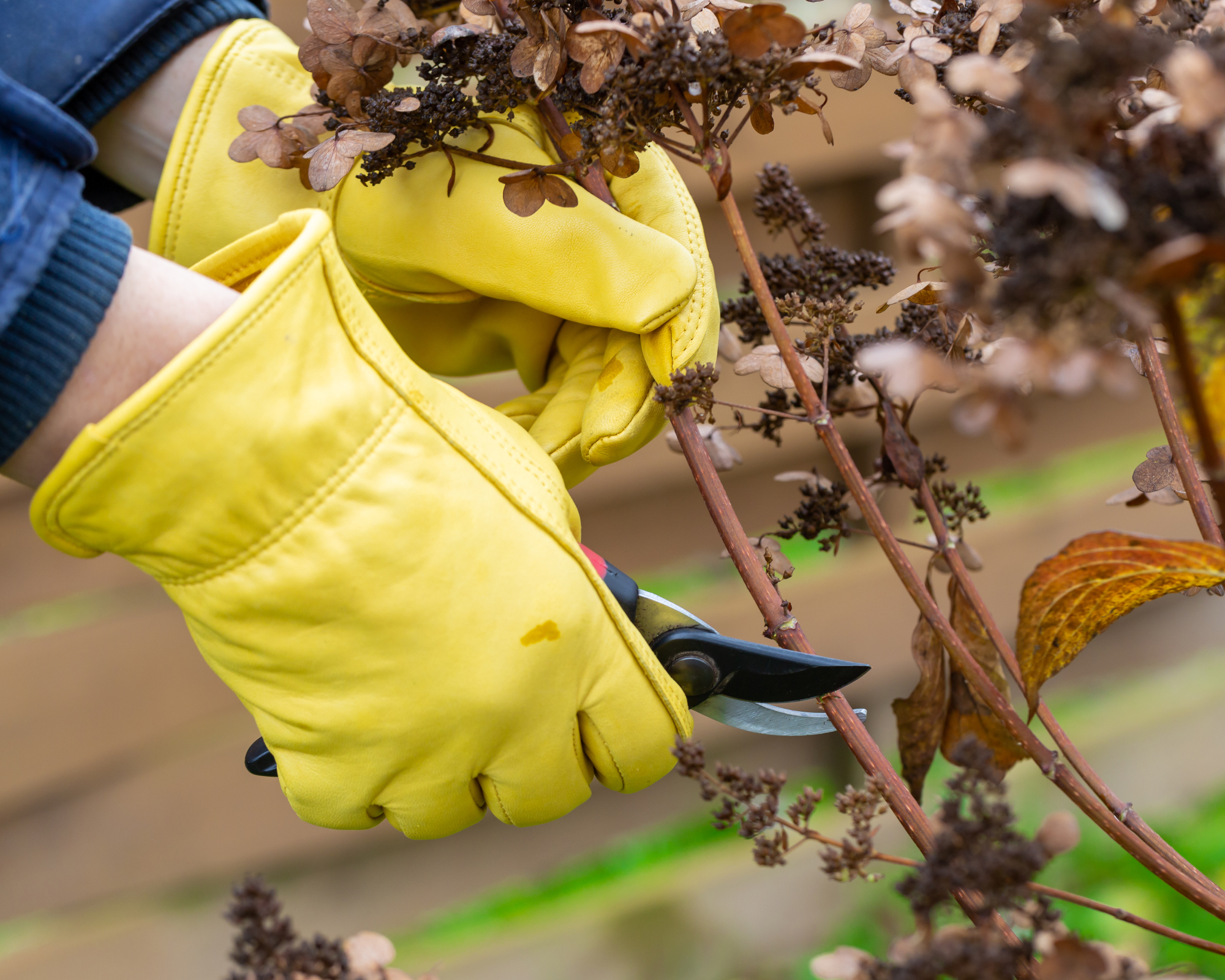
Pruning New Wood Hydrangeas
As smooth and panicle hydrangeas bloom only on new wood, they can be pruned in late winter or early spring before growth begins.
Smooth hydrangeas tolerate hard pruning, down to about 12 inches (30 cm), which encourages strong new shoots and large flower heads.
Panicle hydrangeas can be cut back by one-third to one-half to control size and shape.
Pruning Old Wood Hydrangeas
Mophead, lacecap, oakleaf, and climbing hydrangeas all bloom best on old wood. Their buds form the previous summer, so avoid heavy pruning in fall, winter, or spring.
If pruning is needed, do it right after flowering in summer, removing only dead wood or lightly shaping the plant.
However, some mophead and lacecap hydrangeas are reblooming, meaning they can flower on both old and new wood. This makes them more forgiving if you miss the main pruning window.
Hydrangea Care Calendar
| Header Cell - Column 0 | Spring | Summer | Fall | Winter |
|---|---|---|---|---|
Plant & Move | ✓ | Row 0 - Cell 2 | ✓ | Row 0 - Cell 4 |
Fertilize | ✓ | ✓ | Row 1 - Cell 3 | Row 1 - Cell 4 |
Mulch | ✓ | Row 2 - Cell 2 | ✓ | ✓ |
Prune old wood bloomers | Row 3 - Cell 1 | ✓ | ✓ | Row 3 - Cell 4 |
Prune new wood bloomers | ✓ | Row 4 - Cell 2 | Row 4 - Cell 3 | ✓ |
Propagate | Row 5 - Cell 1 | ✓ | ✓ | Row 5 - Cell 4 |
Types of Hydrangea
There are six main hydrangea types comprising about 80 varieties, and each has unique characteristics that make them suitable for different garden situations. The best known types are:
Mophead
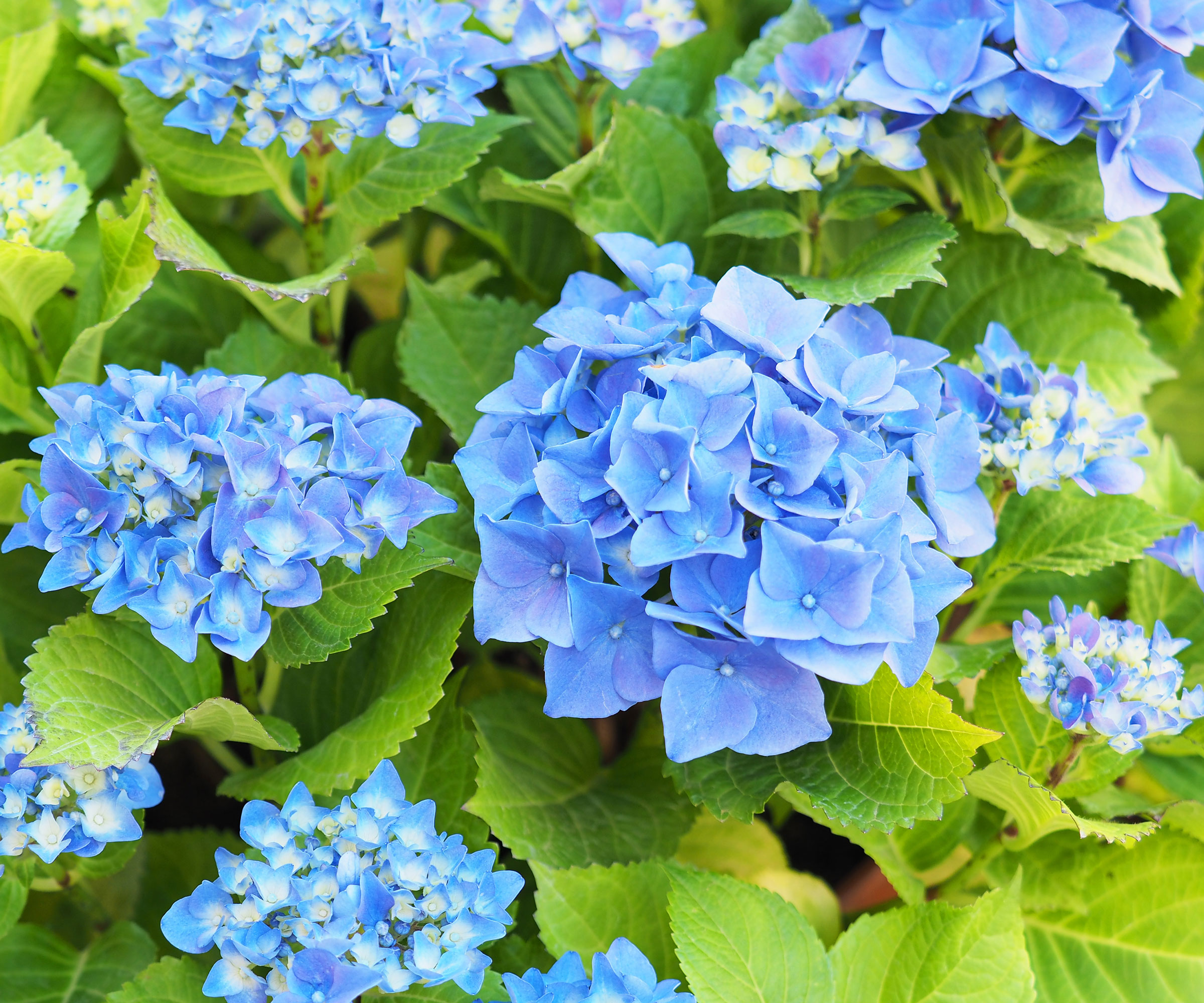
Mophead hydrangeas (Hydrangea macrophylla) are the classic big, rounded "pom-pom" type with glossy leaves. They are sometimes known as "bigleaf" or "French" hydrangeas and are part of the same group as lacecaps (see below). These stunning shrubs do best with morning sun and afternoon shade, rich soil that holds moisture but drains well, and regular watering in dry spells.
The bloom color of mophead hydrangeas often depends on soil pH: acidic soils usually produce blue tones, while alkaline soils give pink or red.
Mopheads flower best on old wood, so only lightly prune spent flowers and only cut old branches right back when the plant is crowded. Many newer reblooming varieties will also produce flowers on new wood, giving a longer season.
Lacecap
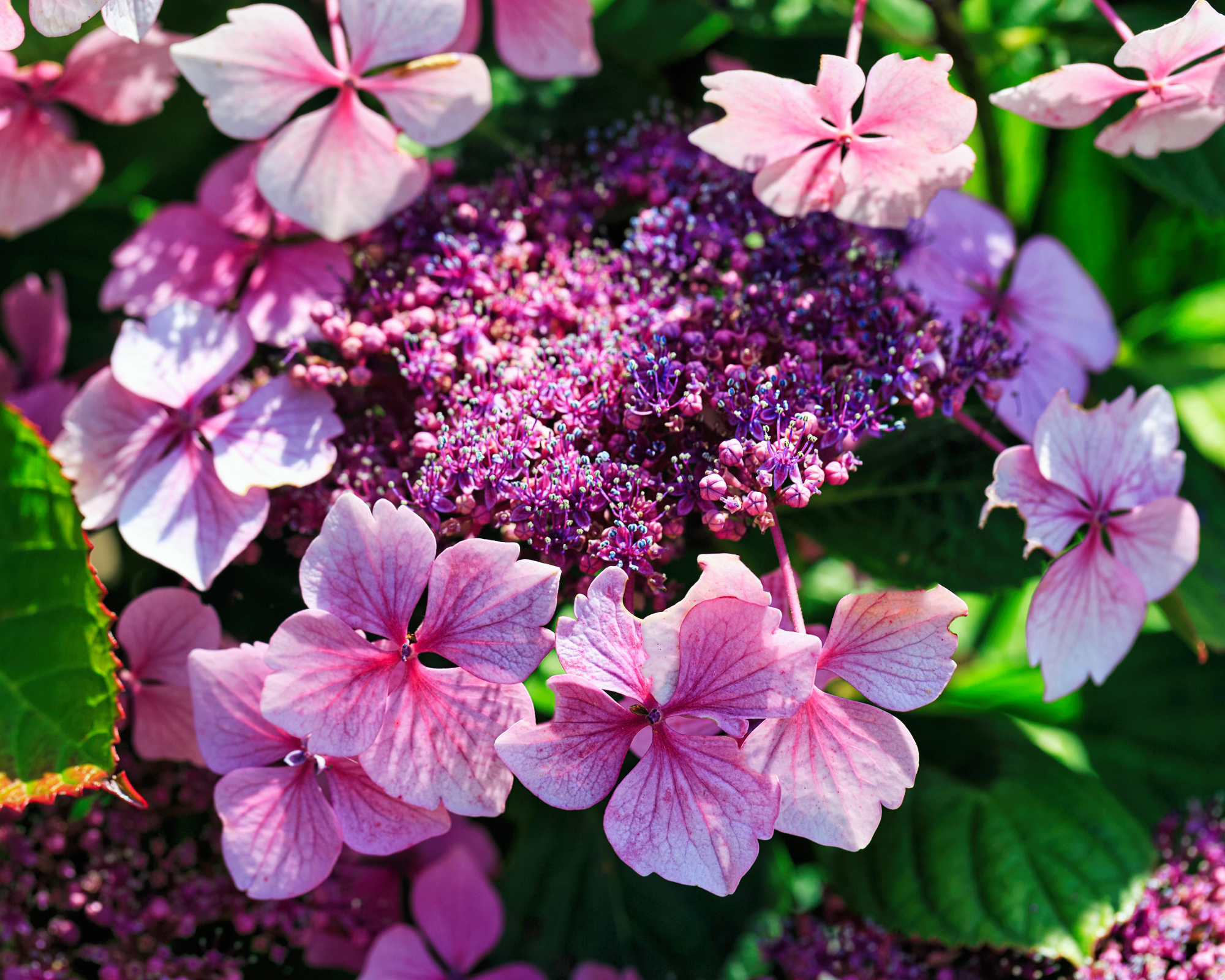
Lacecap hydrangeas (also Hydrangea macrophylla) are close relatives of mopheads but have a very different flower form. Their blooms feature a central cluster of small fertile flowers surrounded by a ring of larger, flat florets, giving a delicate, lacy look. Though less showy than mopheads, lacecaps add texture and subtle elegance to the garden, and their fertile flowers attract pollinators.
Like mopheads, lacecaps grow best with morning sun and afternoon shade, in rich, moist, well-draining soil. Consistent watering and mulching will help them thrive, especially in warm summers. Most lacecaps also bloom best on old wood, so prune with a light hand.
Oakleaf
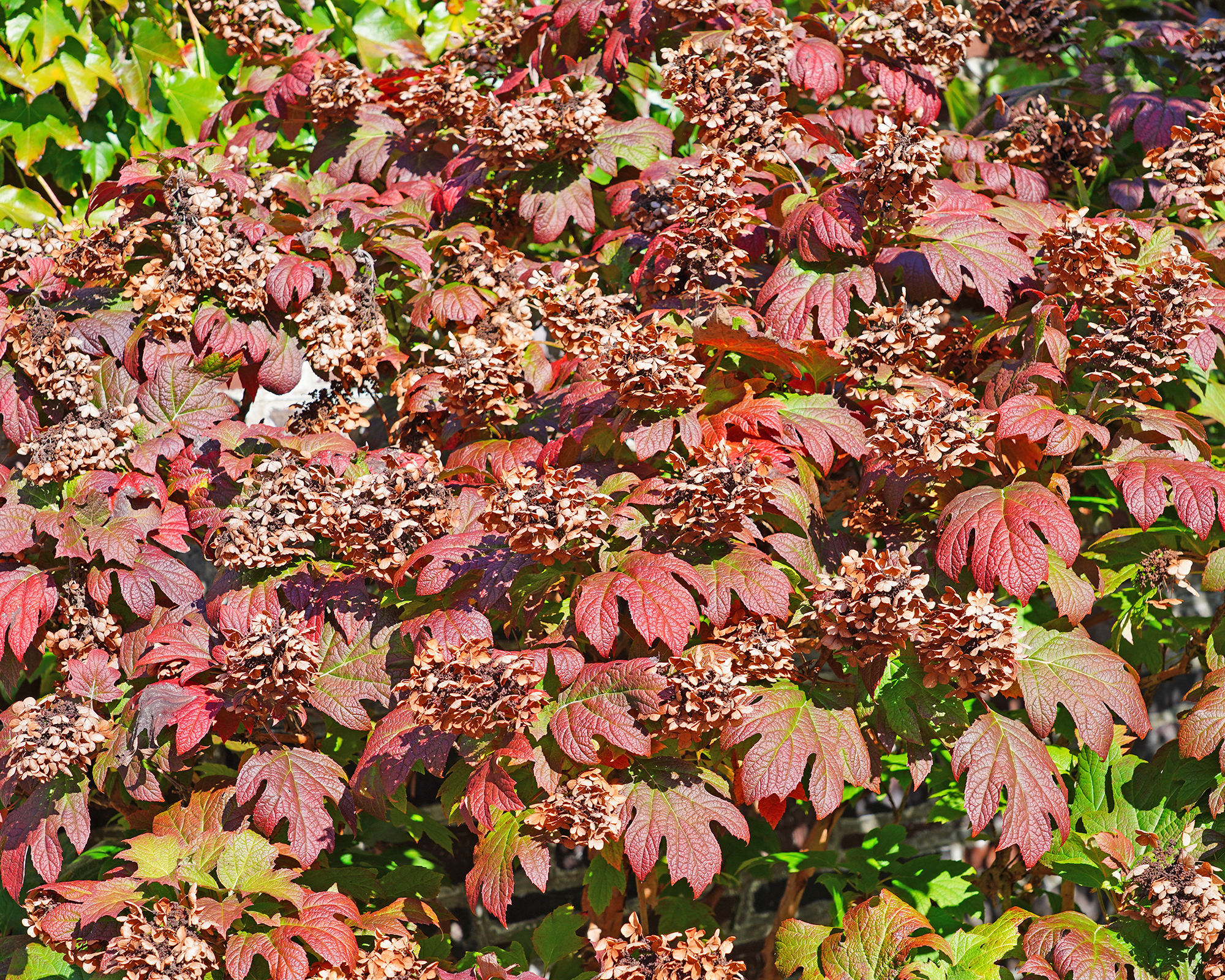
Oakleaf hydrangeas (Hydrangea quercifolia) are distinctive for their large, lobed leaves, which resemble those of an oak tree and turn brilliant shades of red, bronze, and purple in the fall. In late spring and summer, they produce upright clusters of white flowers that gradually age to pink, adding months of seasonal interest.
Oakleafs are tougher than many other hydrangeas, coping with colder winters, more sun, and some drought once established. They’re native to the southeast regions of the US.
This hardy variety will grow happily in sun or part shade. Because oakleaf hydrangeas flower on old wood, pruning should be limited to removing dead stems or shaping immediately after blooming. Their natural hardiness and showy foliage make them an excellent choice for low-maintenance garden designs.
Smooth
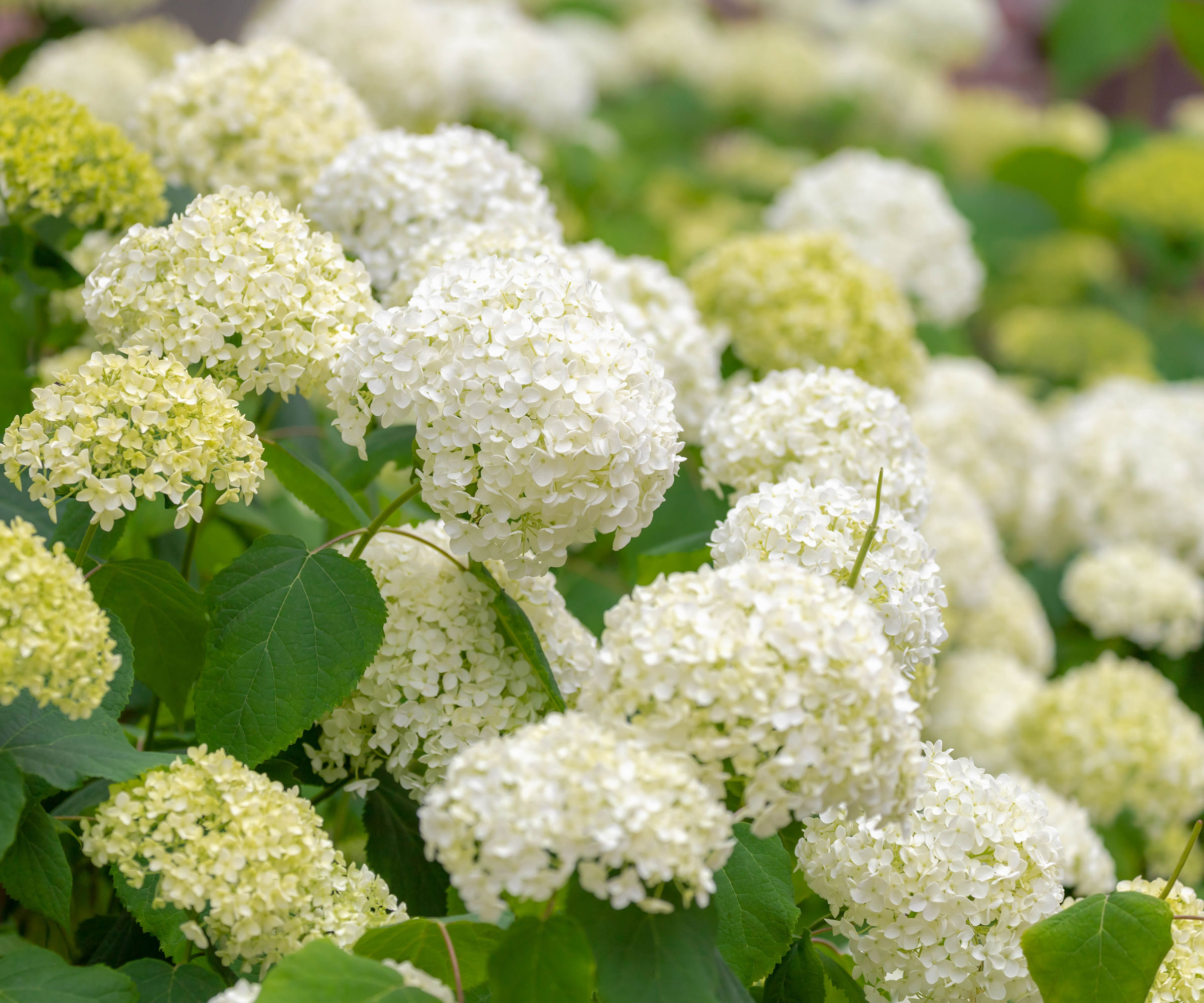
Sometimes referred to as “wild” hydrangeas, smooth hydrangeas (Hydrangea arborescens) are among the easiest and most reliable types to grow. These deciduous shrubs are native to North America and are very cold-hardy. Their flowers appear on new wood, opening green in early summer, turning white, and eventually fading to tan. Popular cultivars like ‘Annabelle’ are known for their large, ball-shaped clusters.
Smooth hydrangeas tolerate more sun than macrophylla varieties, particularly in cooler regions, provided the soil stays evenly moist. Because they bloom on new wood, they can be pruned back hard in late winter or early spring to encourage strong new growth and larger flower heads.
Panicle
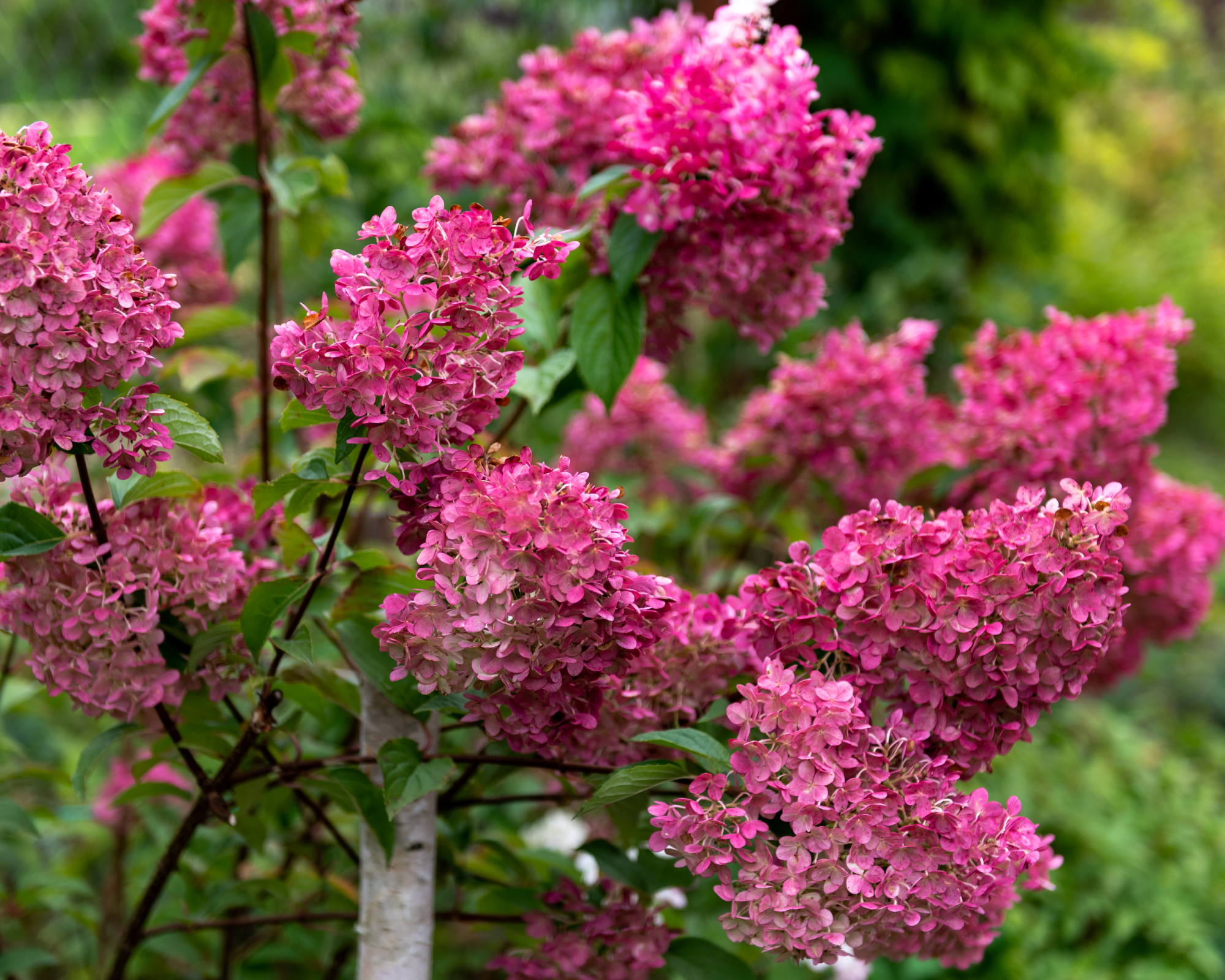
Panicle hydrangeas (Hydrangea paniculata, or PeeGee) are vigorous, long-lived shrubs that can grow into impressive specimens, sometimes trained into tree forms reaching up to 25 feet (7.6 m). They are the most sun-tolerant and cold-hardy of all hydrangeas, making them suitable for a wide range of climates. Their cone-shaped clusters of flowers emerge white in midsummer, gradually flushing pink or red as autumn arrives, providing long-lasting seasonal color. Leaves turn orange or red.
Panicles thrive in full sun to partial shade and in well-drained, moderately fertile soil. They bloom on new wood, so pruning can be done in late winter or early spring without risking flowers – this also helps control their size. Their durability, striking blooms, and fall foliage make them one of the most versatile hydrangea choices for gardens.
Climbing

Climbing hydrangeas (Hydrangea anomala subsp. petiolaris) are vigorous deciduous vines that cling to walls, fences, or large trees with aerial rootlets, eventually reaching 30 to 80 feet (9 to 24 m) if left unpruned and supported by a strong structure. Though slow to establish, once mature, they create a lush curtain of heart-shaped leaves and bear large, flat clusters of fragrant white flowers in early to midsummer. Their combination of flowers, foliage, and climbing habit makes them dramatic additions to larger spaces.
Climbing varieties are adaptable to different conditions, growing well in partial shade but tolerating more sun in cooler climates if the soil remains moist. Plant them in rich, well-drained soil and provide a sturdy support structure for their weight. Maintenance is generally low once they settle in, but occasional trimming helps keep growth in check or shape them as a large free-standing shrub.
How to Propagate Hydrangeas
The easiest and most reliable way to propagate hydrangeas is by taking cuttings, since seeds often don’t grow true to type. The best time to do this is in early autumn, when the season’s growth has matured but frost has not yet arrived. Cuttings taken at this stage tend to root more successfully than those taken at other times of year.
Young, green stems are the best choice for propagation, ideally cuttings about 6 inches (15 cm) long with no flower buds. The lower leaves should be removed, while the upper ones can be trimmed in half to reduce moisture loss and help the cutting focus on rooting. Dipping the stem in rooting hormone, such as Garden Safe's TakeRoot, available on Amazon, before planting can improve success rates.
Cuttings can be started in either water or soil, but soil usually produces stronger roots that adapt more easily once the plant is transplanted. If you try water propagation, make sure the leaves don’t touch the water, change it frequently, and pot the cuttings up as soon as roots appear.
Whichever method you choose, provide bright but indirect light and keep the cuttings consistently moist in a sheltered spot. A little extra humidity – such as a loose cover or misting – can also help them along.
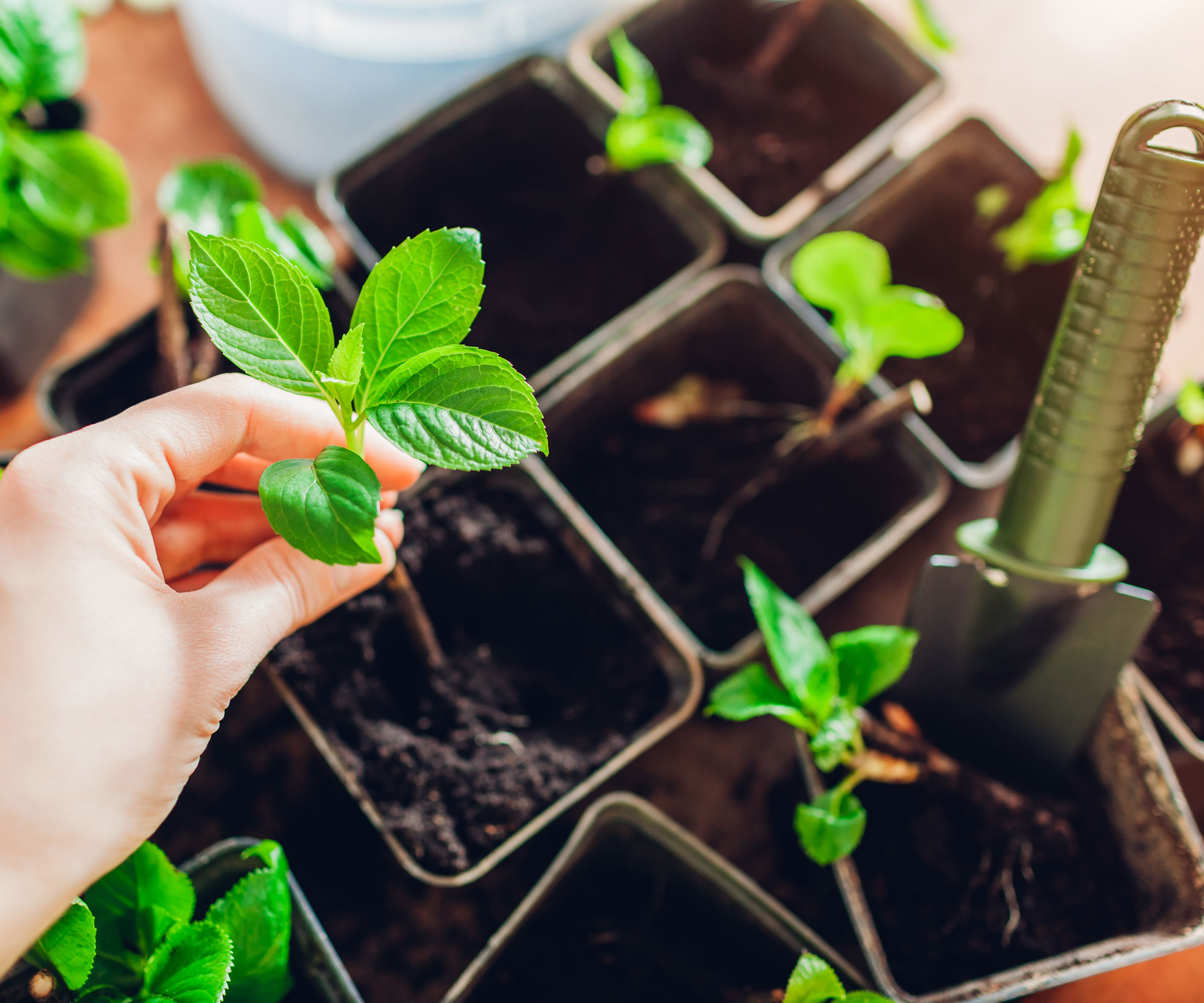
Hydrangea Care in Winter
Cold weather can be hard on hydrangeas, especially the types that form their flower buds on old wood, such as mophead and oakleaf. If those buds are damaged by frost or wind, the plant may survive but fail to flower the following summer. New-wood bloomers like panicle and smooth hydrangeas are generally tougher, but even they benefit from some protection in severe climates.
The main goal of winterizing hydrangeas is to shield roots and buds from temperature extremes. A few basic steps make a big difference:
- Apply a thick layer of mulch (such as leaves, straw, or pine needles) around the root zone once the ground begins to freeze. This insulates the soil, protects roots from freeze-thaw cycles, and helps retain moisture.
- To protect buds in very cold areas, build a simple frame around the shrub using stakes and chicken wire and fill with insulating materials like dry leaves or pine straw. Wrapping with burlap or frost fleece, like this Garotum plant cover from Amazon, can add further protection.
- Hydrangeas grown in pots are more vulnerable, since their roots are above ground, and are best moved into a sheltered, frost-free spot if possible.
- Avoid fertilizing late in the season – new growth triggered by fertilizer is more vulnerable to cold.
With these precautions in place, most hydrangeas will come through the winter healthy and ready to grow when spring arrives.
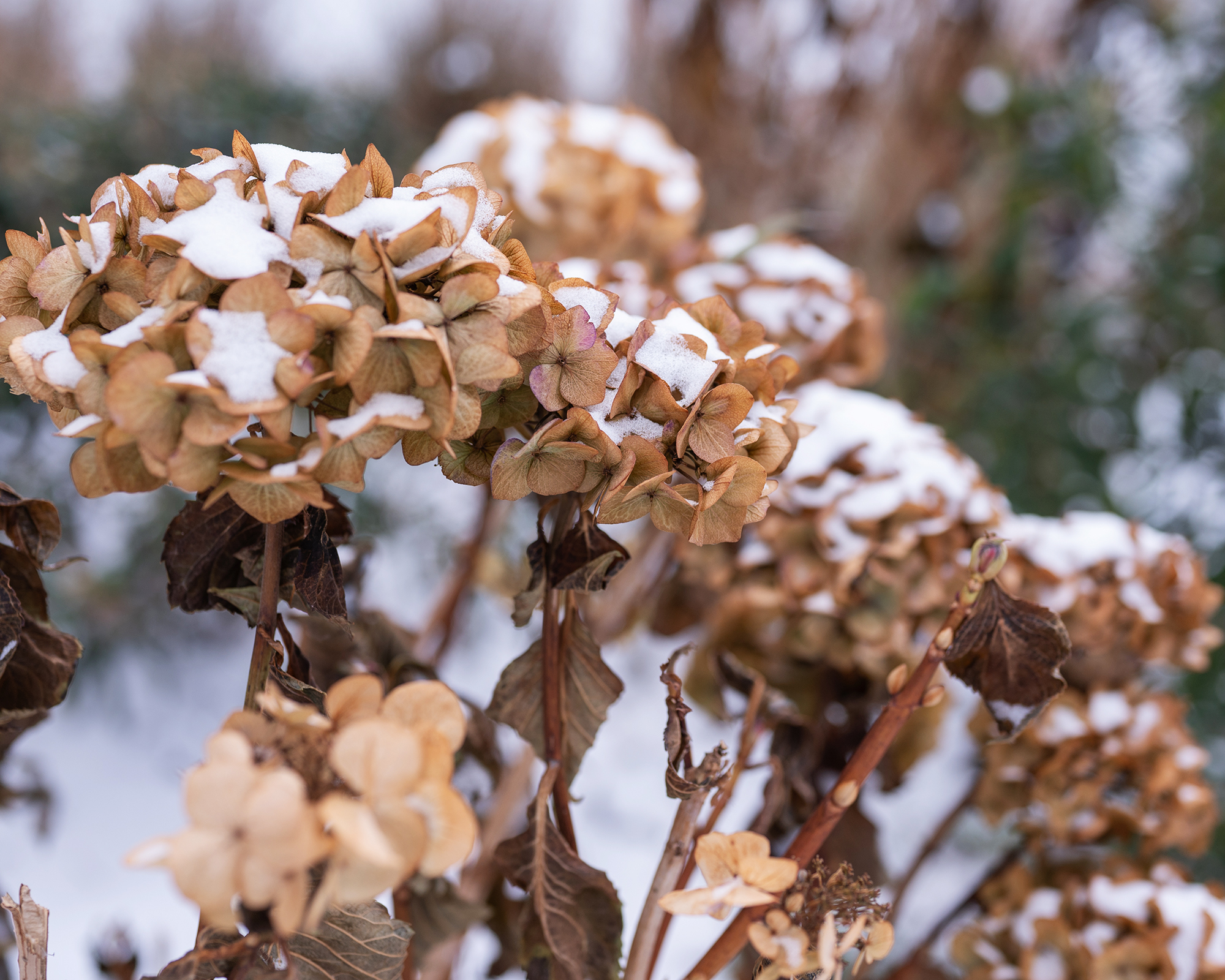
Common Hydrangea Problems
Even well-cared-for shrubs can run into trouble – from common hydrangea diseases and pests to environmental stresses. The good news is that problems tend to be obvious fairly quickly – particularly in foliage or buds – and can often be managed successfully if caught early. Below are some of the most common issues, what to look for, and what you can do to help your plants recover.
- Leaf Spot: Fungal pathogens like Cercospora, Alternaria, Anthracnose, or bacterial leaf spot cause spots on leaves, especially when moisture lingers. You’ll see discolored, often round or irregular patches. To combat this, avoid overhead watering, prune to improve air circulation, remove and destroy affected leaves, and use fungicides in the spring as new growth emerges. Bonide Captain Jack's Copper Fungicide, available on Amazon, is a highly rated organic solution.
- Rust & Powdery Mildew: Rust shows as small reddish or orange pustules (usually underside of leaves). Powdery mildew looks like white or grey powder on leaves and buds. These are more cosmetic than deadly, but reduce flowering if severe. Better air flow, avoiding dampness, removing infected sections, and treating with fungicide can reduce their impact.
- Botrytis Blight: Also known as “grey mold,” this affects flowers, buds, leaves, especially in damp, shaded conditions. You might see soft, water-soaked patches, then fuzzy grey mold. Remove and discard affected blooms, tidy up surrounding plant debris, improve air flow, and use fungicides if the problem is recurring.
- Viral Diseases: Hydrangeas can contract viruses (bigleaf types are especially prone), which cause mottled, distorted, or blighted foliage, stunting, rings, or blisters on leaves. There is no cure once a plant is infected – the best strategy is prevention: use clean tools, remove infected material promptly, and control pests that transmit viruses.
- Pests: Keep an eye out for hydrangea pests like aphids, scale, mites, or slugs and snails. These can damage leaves, distort growth, or open up pathways for disease. Regular inspection, gentle washing, or use of insecticidal soaps can help.
- Environmental Issues: Issues such as poor drainage, overly wet soil, or too much shade can increase disease risk. Overwatering can mimic drought symptoms (hydrangea wilting or browning), and plants in low light often have thinner foliage and weaker resistance.
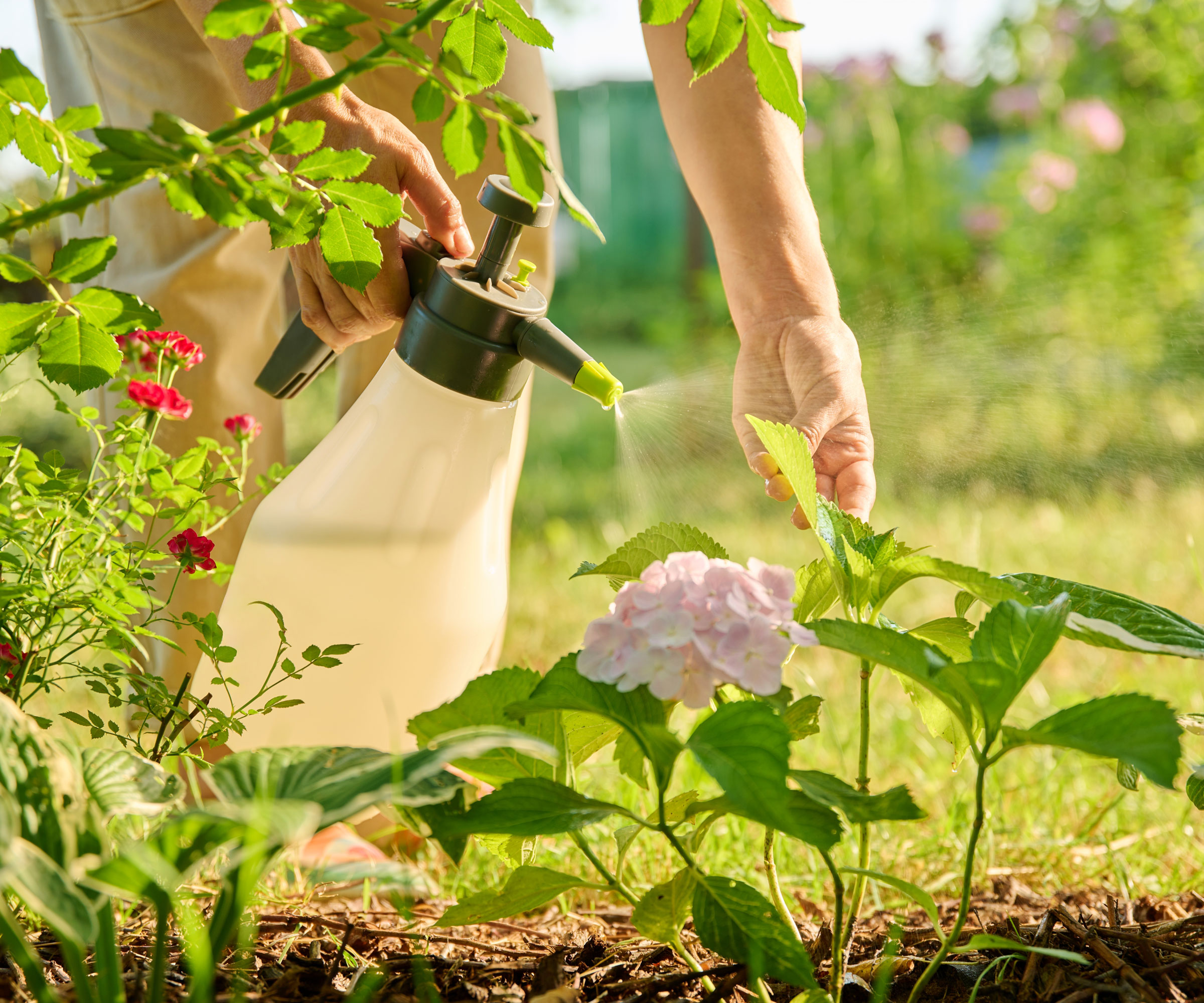
How to Change Hydrangea Flower Color
Hydrangea flowers are stunning in any color, but soil pH can affect the colors of mophead and lacecap varieties:
- Acidic soil (pH below 6.0): flowers tend to turn blue.
- Neutral to alkaline soil (pH above 6.0): flowers usually appear pink, red, or white.
It is possible to amend the soil to change hydrangea flower color, though it is easier to make soil more alkaline than it is to make it acidic.
Adding aluminum sulfate and coffee grounds will help to acidify the soil to turn pink flowers to a blue or more purple hue. In contrast, adding lime will make the soil more alkaline, changing blue flowers to a pinkish hue.
If you're aiming for blue or purple blooms, choose a fertilizer low in phosphate, which can block aluminum uptake.
Apply the correct amendment, depending on your desired flower color, early in the spring, right after new growth has emerged. You can repeat with a second application 1 to 2 months later.
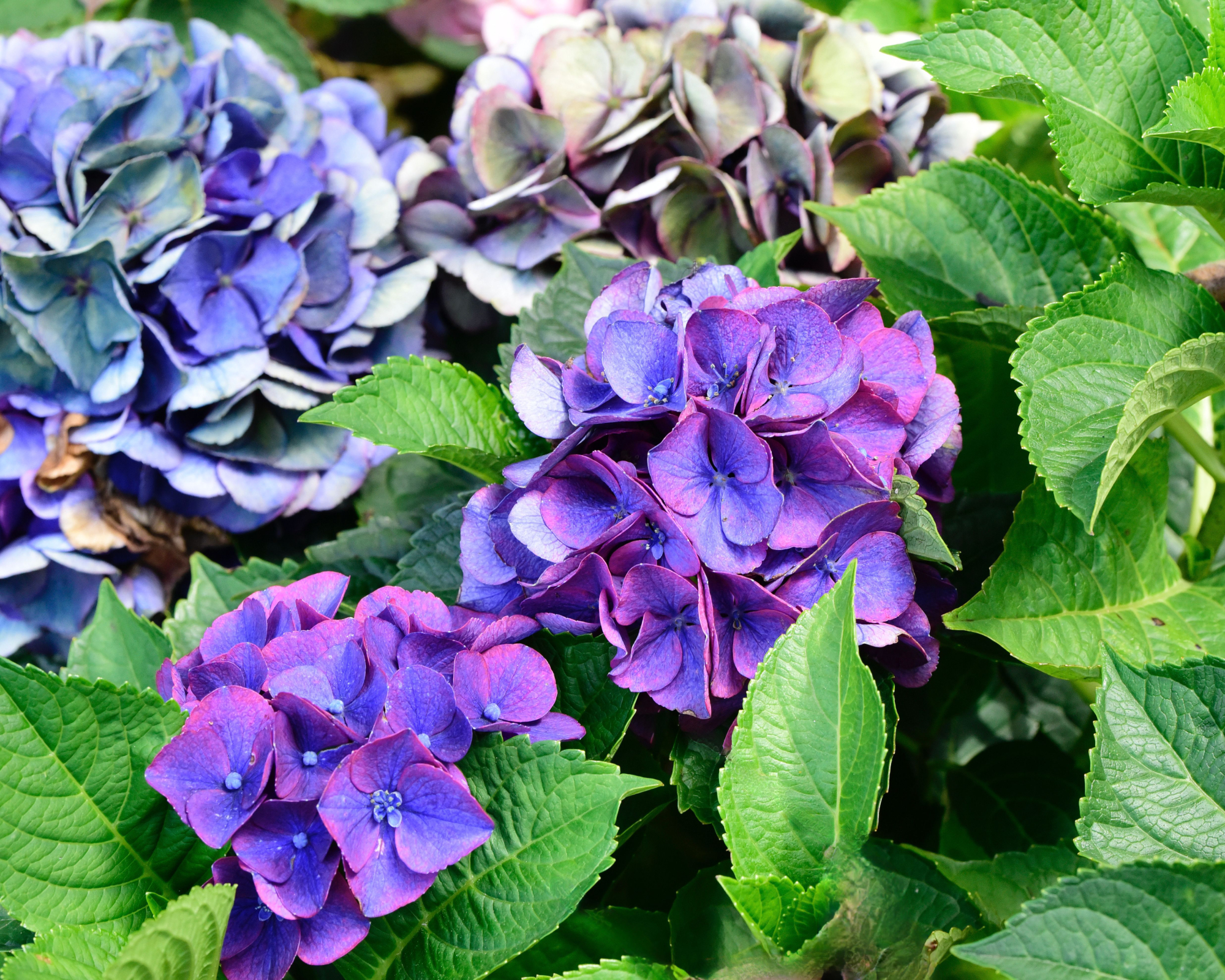
Growing Hydrangeas in Containers
Hydrangeas adapt well to life in pots, though they do need a bit more TLC than those planted in the ground. Gift hydrangeas sold in bloom are often short-lived because they’re forced for retail display, so when growing hydrangeas in containers, it’s best to start with a nursery-grown plant. Compact or dwarf hydrangeas are especially good choices for containers, as they stay more manageable in size.
Outdoors, potted hydrangeas thrive with morning sun and afternoon shade. Using rolling plant stands, like these Bamwell designs from Amazon, makes it easy to adjust their position as the seasons change. Choose a container a few inches wider than the nursery pot, with generous drainage holes, and use a high-quality potting mix. Leave a gap of a couple of inches between the soil surface and the rim to make watering easier.
Watering is the most important task: container soil dries out faster, especially in warm weather. Give pots a thorough soak, filling to the brim and letting excess water drain, then repeat. Consistent moisture (without waterlogging) keeps hydrangeas healthy and blooming.
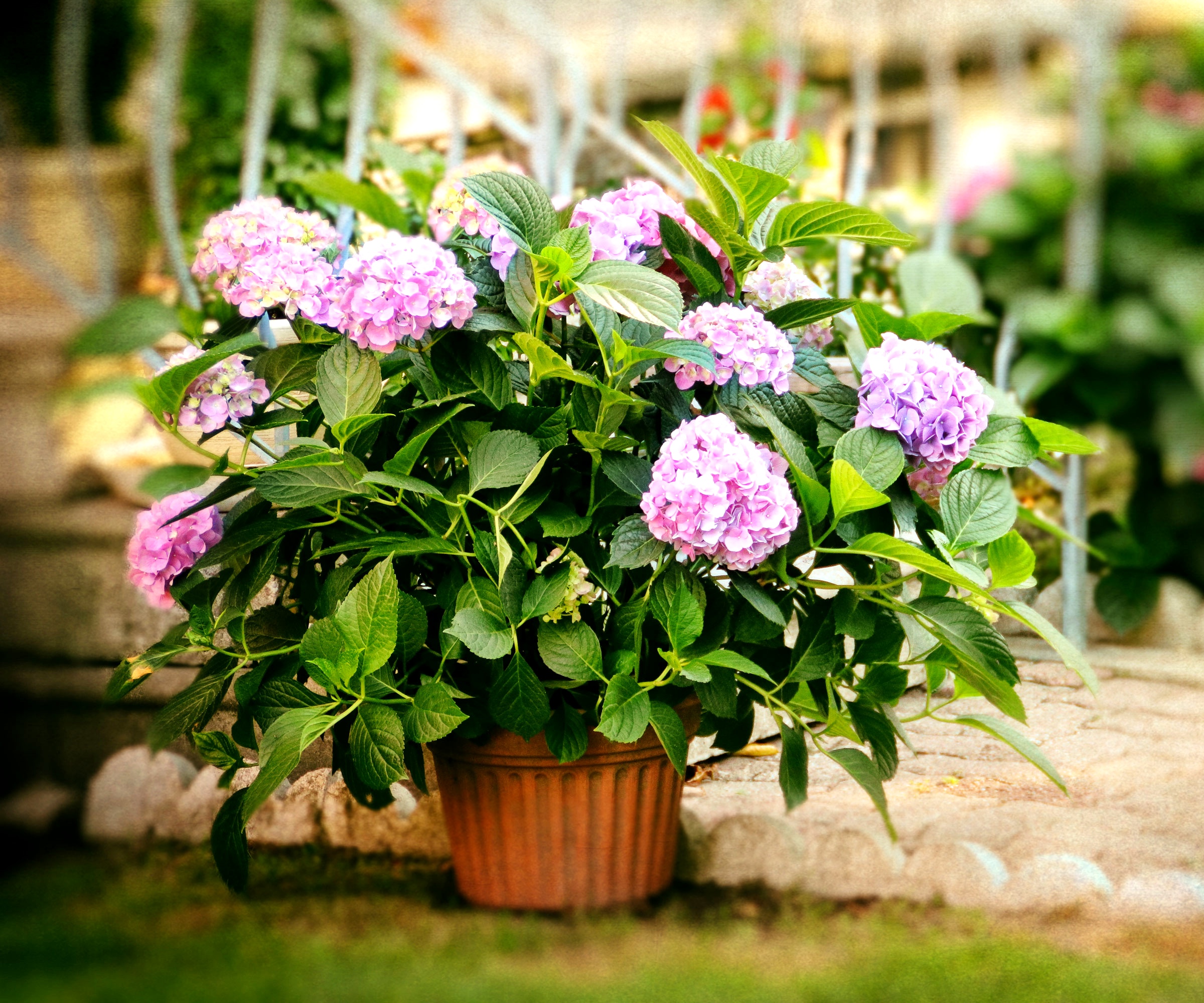
Growing Hydrangeas Indoors
Hydrangeas can make beautiful, if somewhat demanding, houseplants. They naturally prefer bright light, consistent moisture, and cool conditions, so when growing hydrangeas as houseplants, try to mimic those indoors. Keep plants away from heater vents, radiators, or drafts, and if your home is warm year-round, place them in a cooler room whenever possible. Ideal indoor temperatures are 50 to 60°F (10 to 16°C).
Water with rainwater or distilled water if you can, since tap water often contains chlorine or other chemicals that hydrangeas dislike. During the bloom period, keep the soil evenly moist but never waterlogged; pots must have good drainage and a free-draining mix. Once flowering has finished, you can reduce watering slightly, but never allow the soil to dry out completely. Extra humidity also helps – use a humidifier, like the Pure Enrichment MistAire Studio Ultrasonic Cool Mist Humidifier from Amazon, or set the pot on a pebble tray with water.
Feed indoor hydrangeas weekly while in bloom with a water-soluble fertilizer diluted to half strength. After flowering, cut back to monthly feeding. As with outdoor potted plants, houseplants benefit from a rest period: let them overwinter in a cool space around 45°F (7°C), watering lightly just often enough to keep the roots from drying out.
Keep in mind that many “gift hydrangeas” sold in bloom have been forced to flower for retail display, which can shorten their lifespan indoors. For longer-lasting results, choose nursery-grown plants or compact varieties bred for container culture.
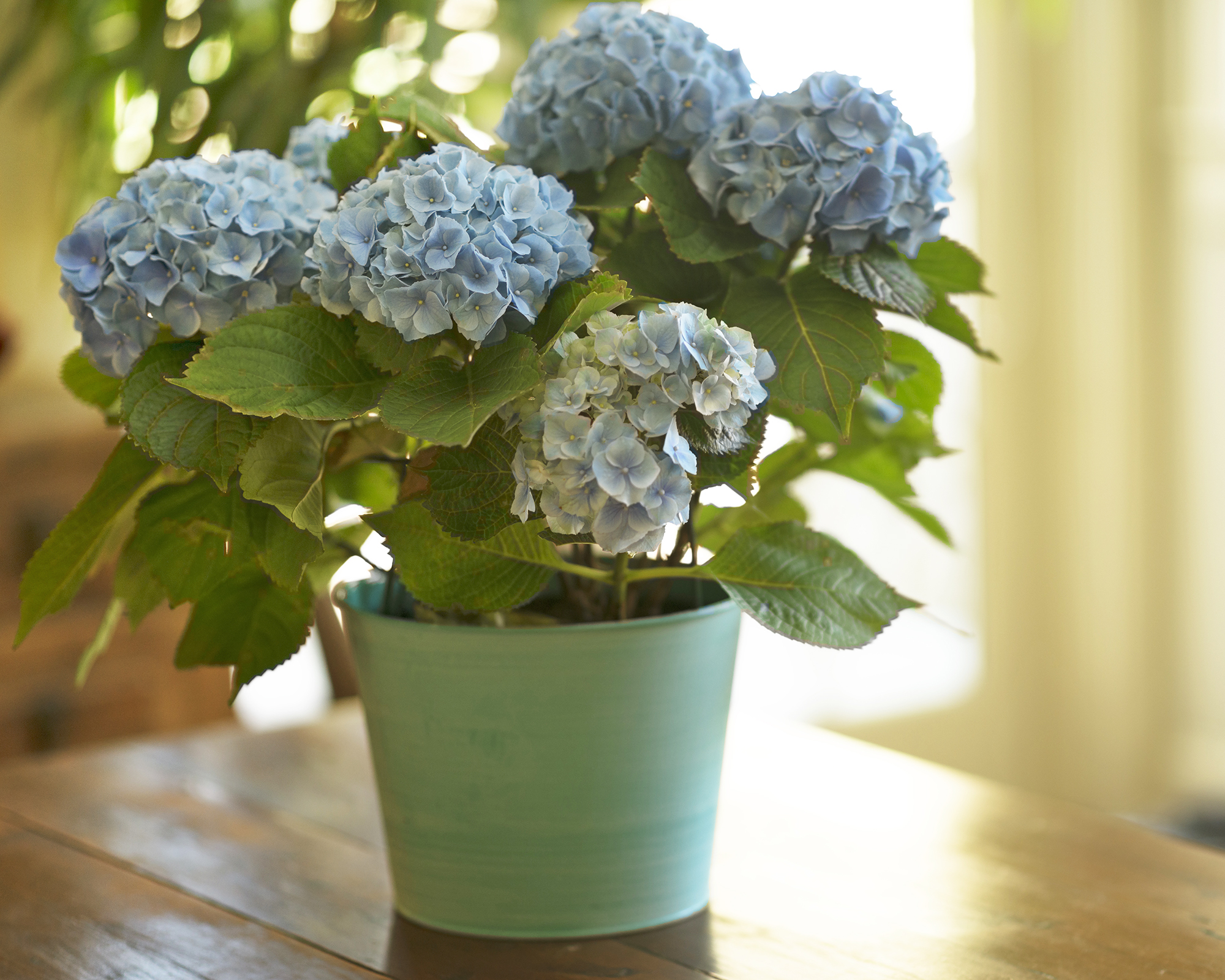
Best Companion Plants for Hydrangeas
Choosing the right plant partners for hydrangeas will enhance their beauty in the garden, simplify care, and even improve their health. Plants that share similar soil, light, and moisture needs will reduce competition and stress, minimize pests, and keep the garden looking balanced through the season.
When choosing hydrangea companion plants, consider:
- Light exposure: Opt for plants that prefer partial shade – ideally plants that like like morning sun and afternoon shade.
- Soil conditions: Rich, moist, well-draining, slightly acidic soil works best. Companions that thrive in dry or extremely sandy soils usually won’t pair well.
- Complementary texture and bloom time: Use foliage contrast, differing heights, and staggered flowering to keep interest before, during, and after hydrangeas are at their peak.
Plants That Pair Well
Here are some companion plants that tend to work well with hydrangeas planted in part shade:
- Hostas have lush foliage that looks good under hydrangeas and hides bare stems, while their flowers provide color and height.
- Ferns have fine-textured foliage that complements hydrangea leaves.
- Astilbe adds vertical plumes of color early in the summer before many hydrangeas bloom.
- Coral bells offer foliage color interest and add a low-growing contrast.
- Shade-tolerant flowers like foxgloves and pansies add color and interest through different seasons.
- Brunnera and foamflower have spring flowers and interesting foliage and are good for woodland or shaded settings.
If planting more sun-tolerant hydrangea varieties, then daylilies, coneflowers, black-eyed Susan, and ornamental grasses work well in a sunnier spot. Additionally, smaller evergreens such as boxwood add a structural, textural foil and ensure year-round interest.

Plants to Avoid
- Plants that thrive in dry soil (e.g. many Mediterranean herbs like lavender or sage) tend to conflict with hydrangeas’ moisture needs.
- Aggressive groundcovers or shrubs whose roots or growth habit overshadow hydrangeas. These can steal moisture and nutrients or block airflow.
Hydrangea Frequently Asked Questions
When do hydrangeas bloom?
Bloom times for hydrangeas differ with the variety, the soil, the weather and the region in which they’re growing, among other things. The majority will bloom in mid-spring through late summer and early fall, but there are some beautiful fall-blooming hydrangeas.
Hydrangeas planted in warmer climates bloom earlier and longer than those in colder climates. Climbing hydrangeas bloom from late spring until midsummer, and the lovely oakleaf varieties bloom from early summer in southern regions, and from midsummer to early fall in the Midwest and northern states.
Can hydrangeas grow in full hot sun?
Hydrangeas generally enjoy partial shade and protection from intense heat. However, there are a few heat-tolerant hydrangeas that can thrive in some hot sun.
There probably isn’t a hydrangea type that could be called drought-tolerant. Some of our favorite Macrophylla types with their billowy blooms are native to coastal areas of Japan and do best in a cooler climate.
Plants stay cool by drawing water up from their roots. In hot weather, this occurs rapidly, and hydrangea flowers and leaves can quickly suffer from soil evaporation. The best practice for hydrangeas in hot weather is to use a soaker hose or drip system around the plant base.
Some hydrangea varieties stand up to heat better than others. The best option is oakleaf, but panicle hydrangeas are more sun-tolerant, while smooth hydrangeas are more accustomed to warmer climates.
Are hydrangeas poisonous to cats and dogs?
Yes – hydrangeas are toxic to cats and dogs. All parts of the plant, especially the leaves and flowers, contain cyanogenic glycosides (notably amygdalin). When chewed, these toxins can release small amounts of cyanide, which disrupts oxygen uptake in the body.
While pets usually know not to eat hydrangeas, it's worth knowing the signs. Symptoms of poisoning typically appear fairly quickly – within 30 minutes or so – and include vomiting, diarrhea, drooling, lethargy or weakness, confusion, and loss of appetite. Because the severity depends on how much was eaten and the size of the pet, any ingestion requires a visit to a veterinarian.
Do deer eat hydrangeas?
Hydrangeas are not deer-resistant. Deer are attracted to hydrangeas, especially for their tender new growth, flower buds, and blossoms. Some varieties are more frequently browsed than others; for example, smooth hydrangeas tend to be especially tempting when young, while more woody or tougher-leaved types are less preferred.
The level of deer damage depends on how many deer are in the area, what other food sources are available, how exposed the hydrangeas are (e.g. in early spring and buds forming), and whether measures are taken to protect hydrangeas from deer. Loss of flower buds is often the main issue – even if stems and leaves survive, deer nibbling buds can mean no blooms that season.
Hydrangea Quiz
How much have you learned about hydrangea care? Test your knowledge!
Hydrangea Care Must-Haves
- Find out whether your soil will provide the right foundation for hydrangeas to thrive with the MySoil test kit, available on Amazon.
- This XLUX Soil Moisture Meter from Amazon will help you regulate your hydrangea's moisture levels.
- Drip irrigation is the best way to keep hydrangeas hydrated – try this MIXC 230FT Quick-Connect Drip Irrigation System Kit from Amazon.
- Fertilize hydrangeas in spring and summer with Gardenwise Slow Release Hydrangea Fertilizer from Amazon.
- Nip fungal diseases in the bud before they get chance to harm your plant with Bonide Captain Jack's Copper Fungicide, available on Amazon.

Melanie is an experienced gardener and has worked in homes and gardens media for over 20 years. She previously served as Editor on Period Living magazine, and worked for Homes & Gardens, Gardening Etc, Real Homes, and Homebuilding & Renovating. Melanie has spent the last few years transforming her own garden, which is constantly evolving as a work in progress. She is also a passionate organic home grower, having experimented with almost every type of vegetable at some point. In her home, Melanie tends to an extensive houseplant collection and is particularly fond of orchids.
- Caroline BloomfieldManager of Marketing Communications